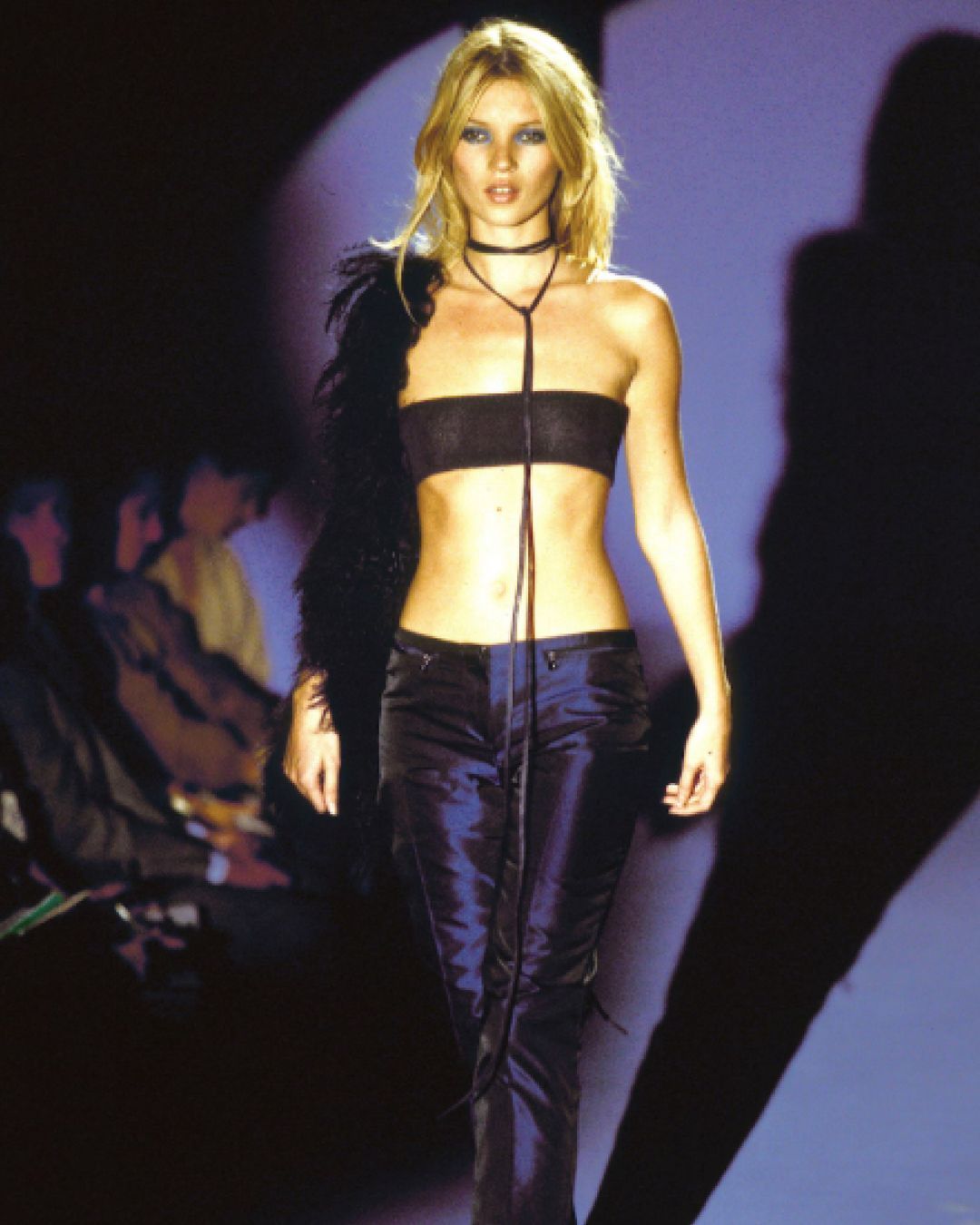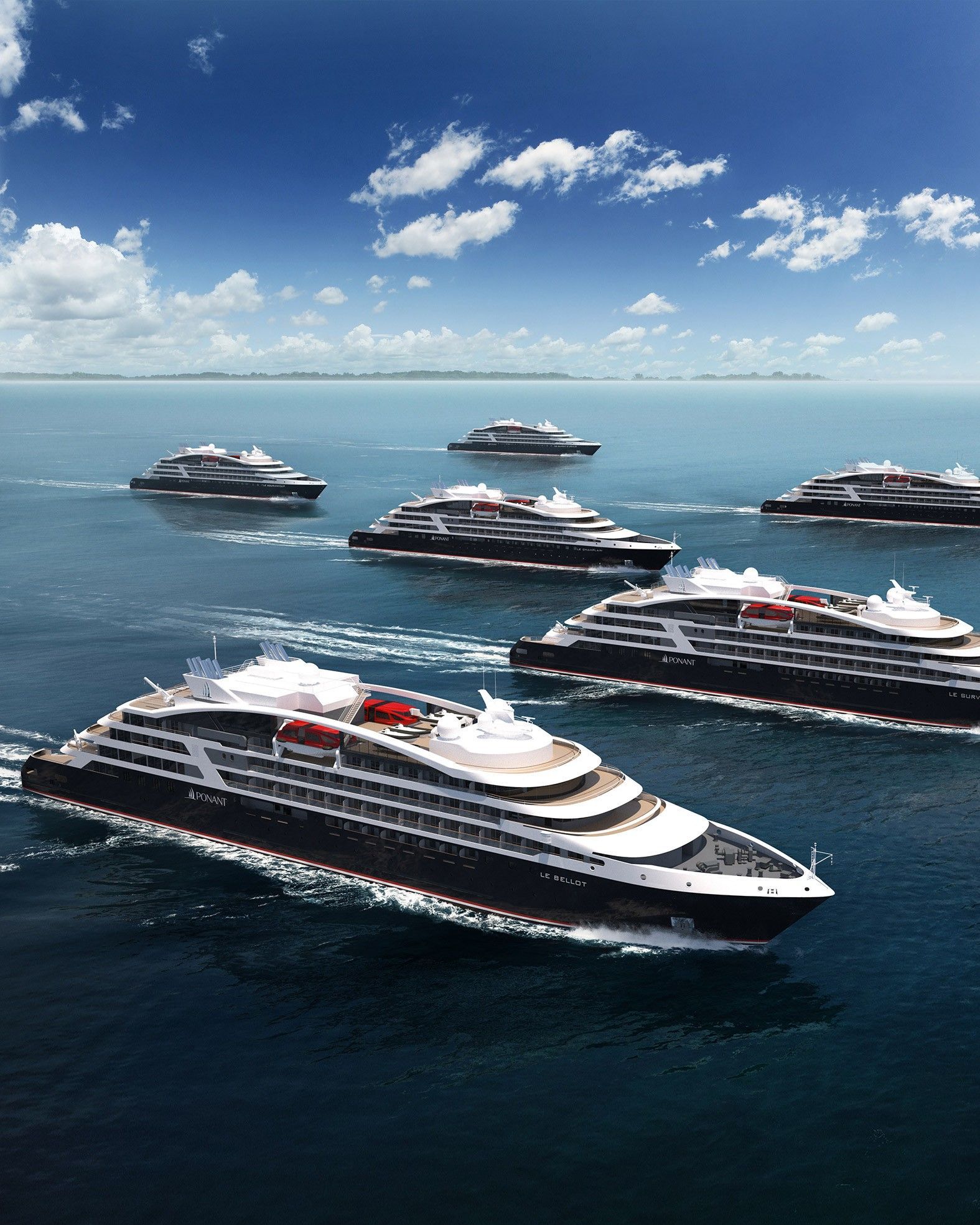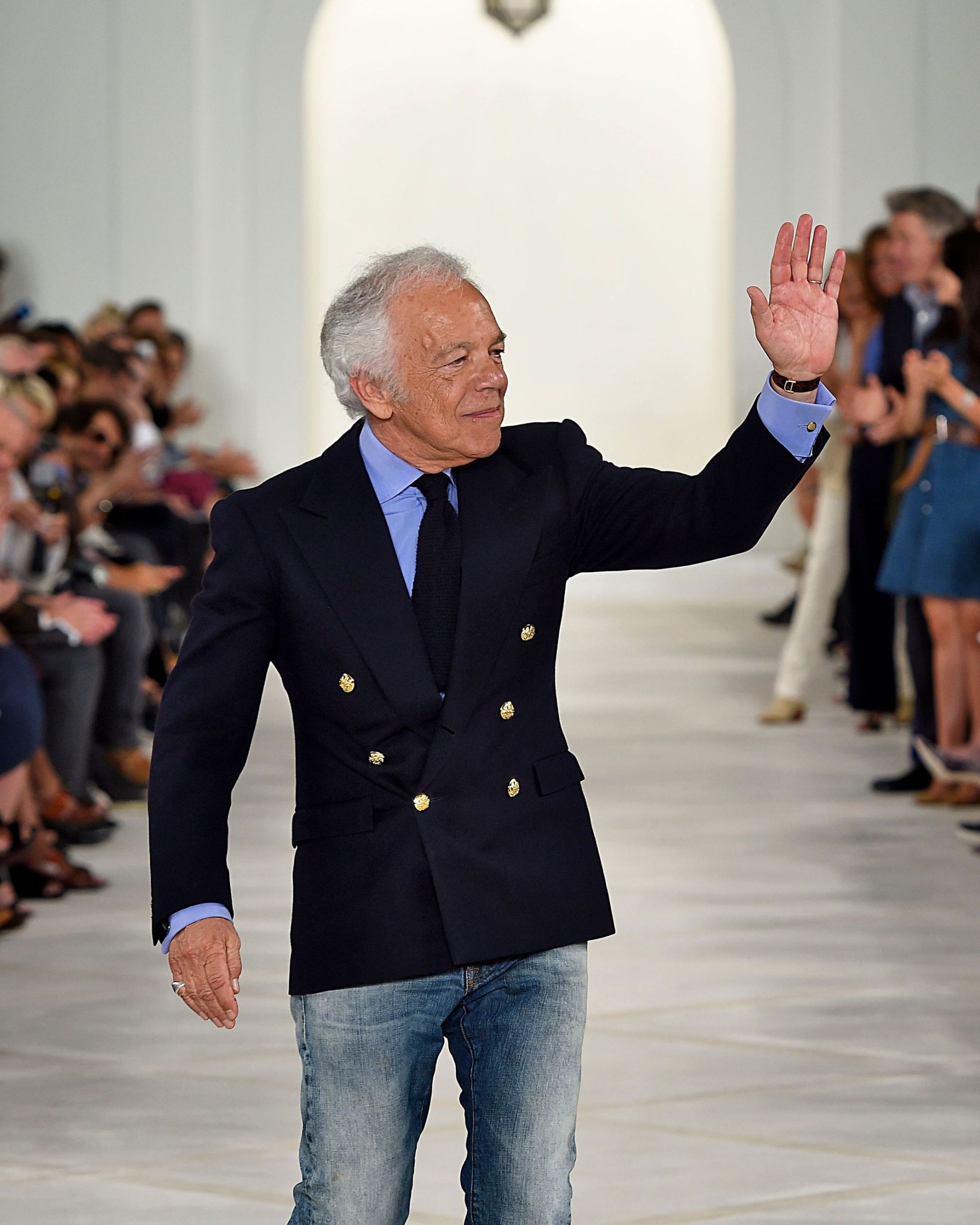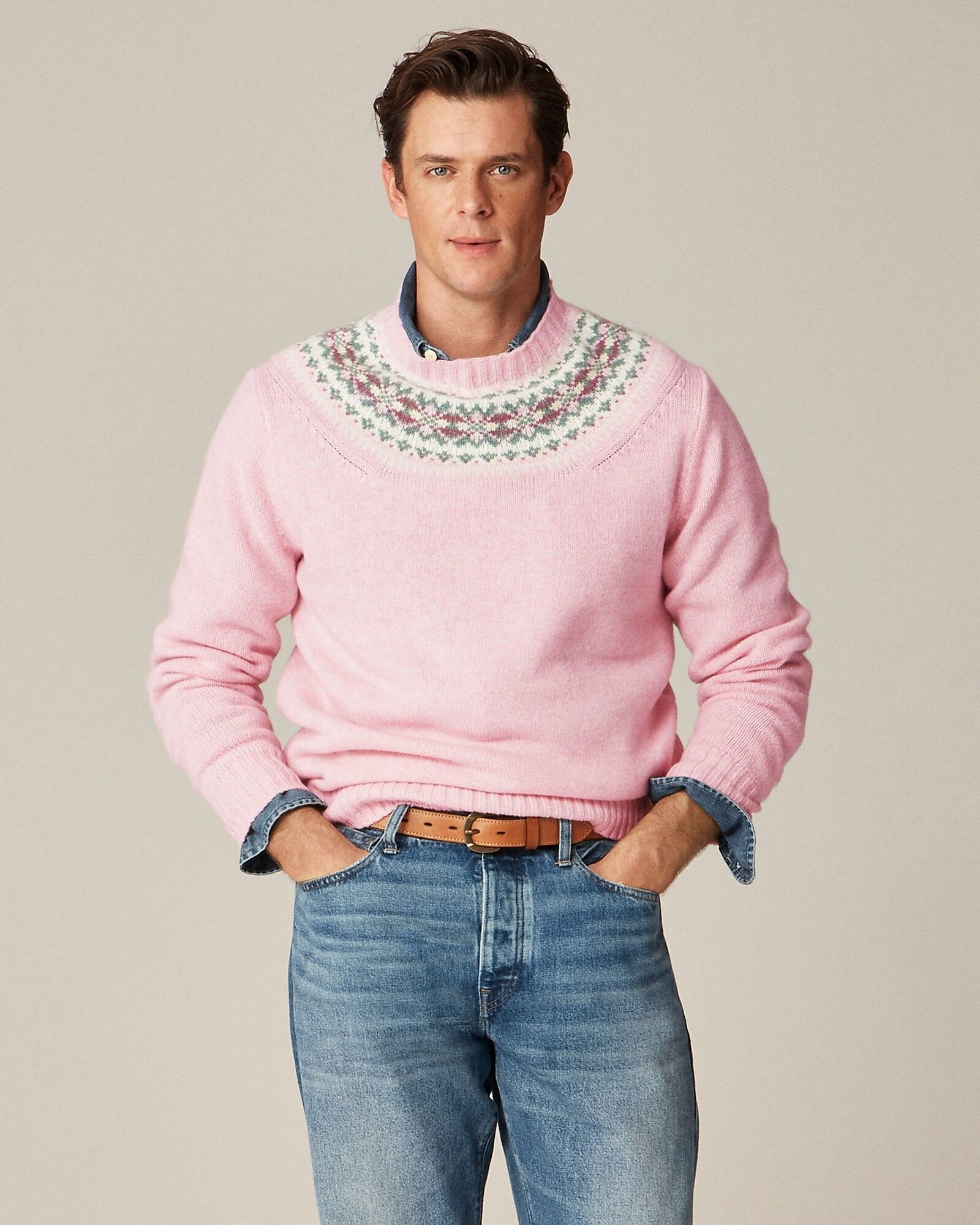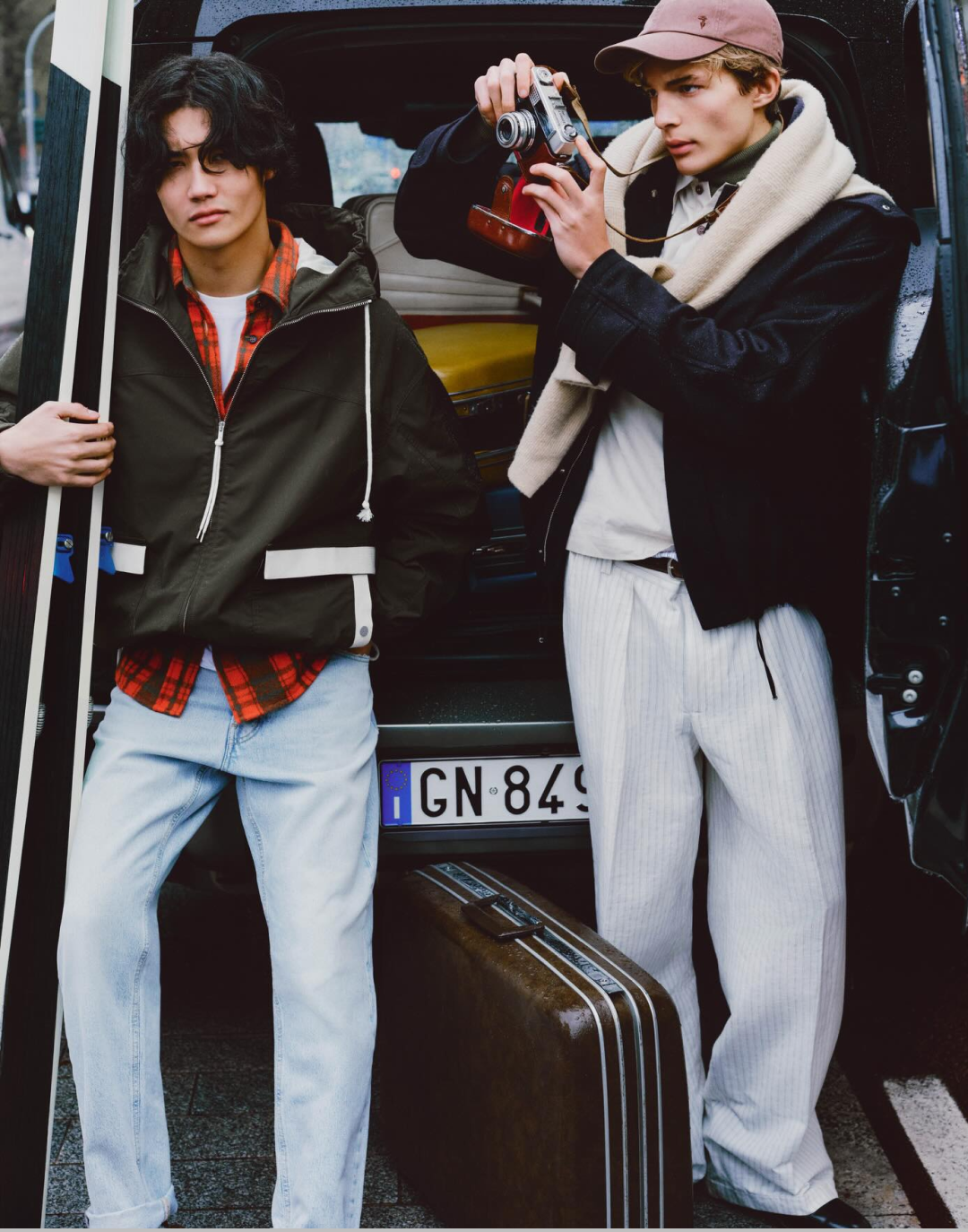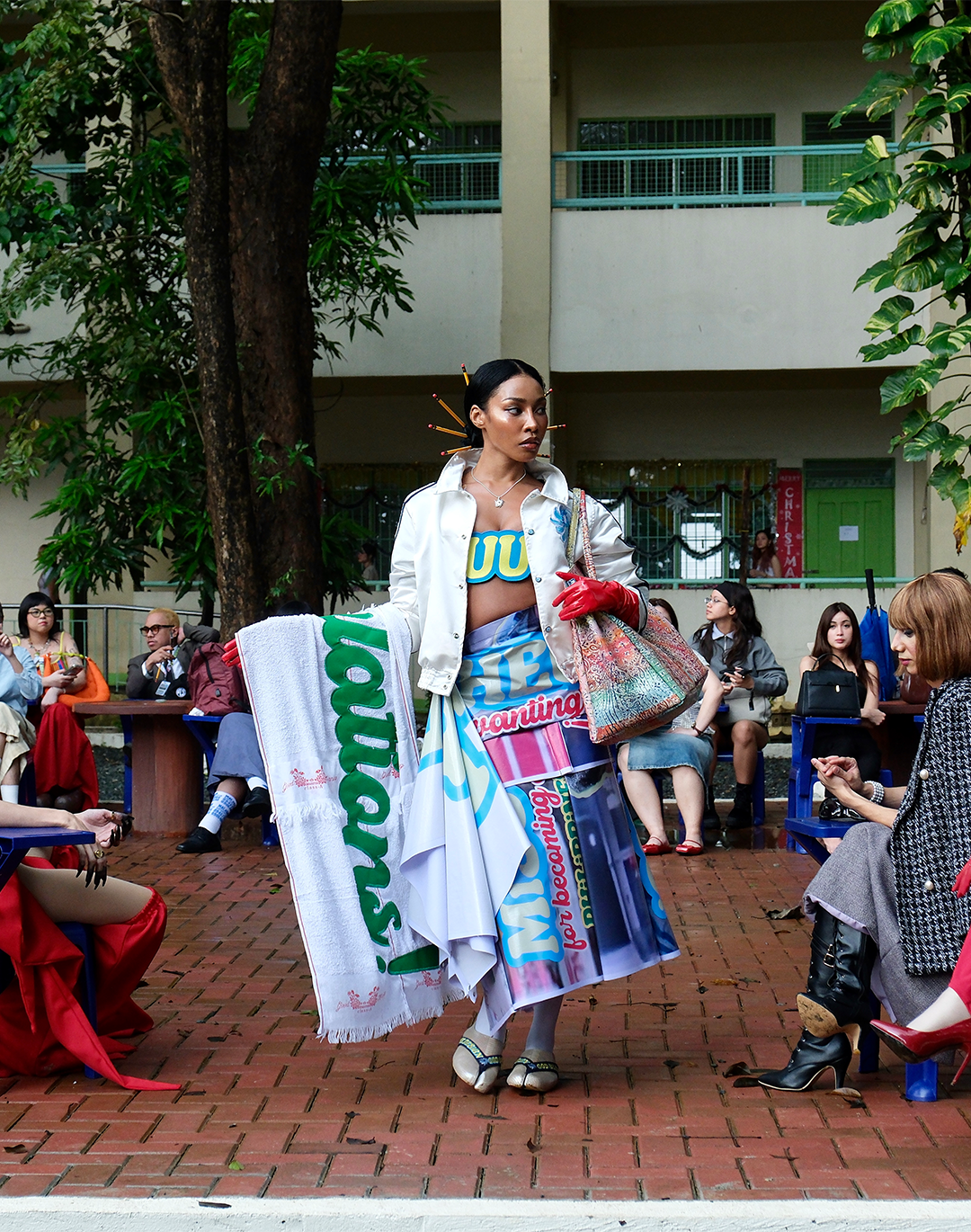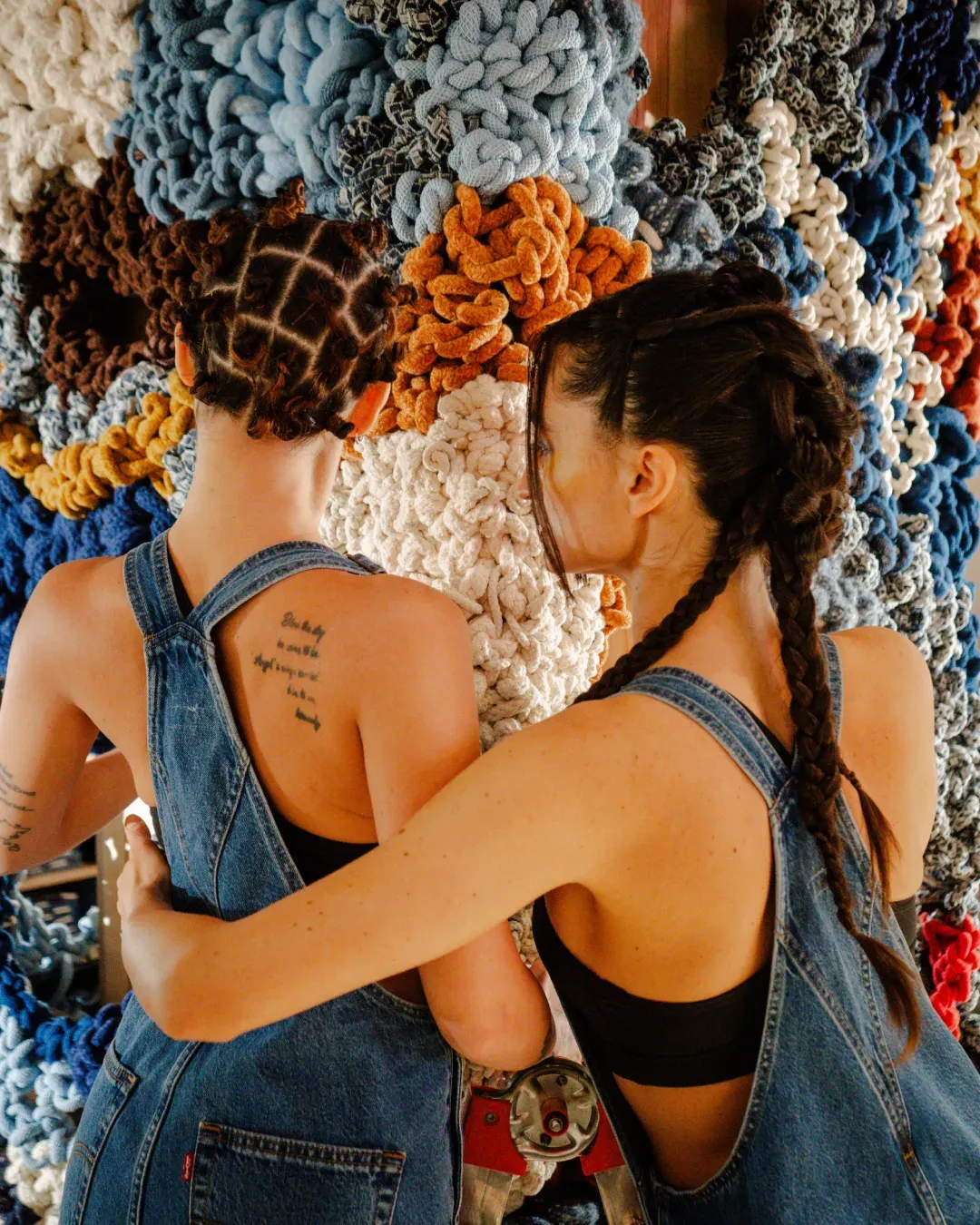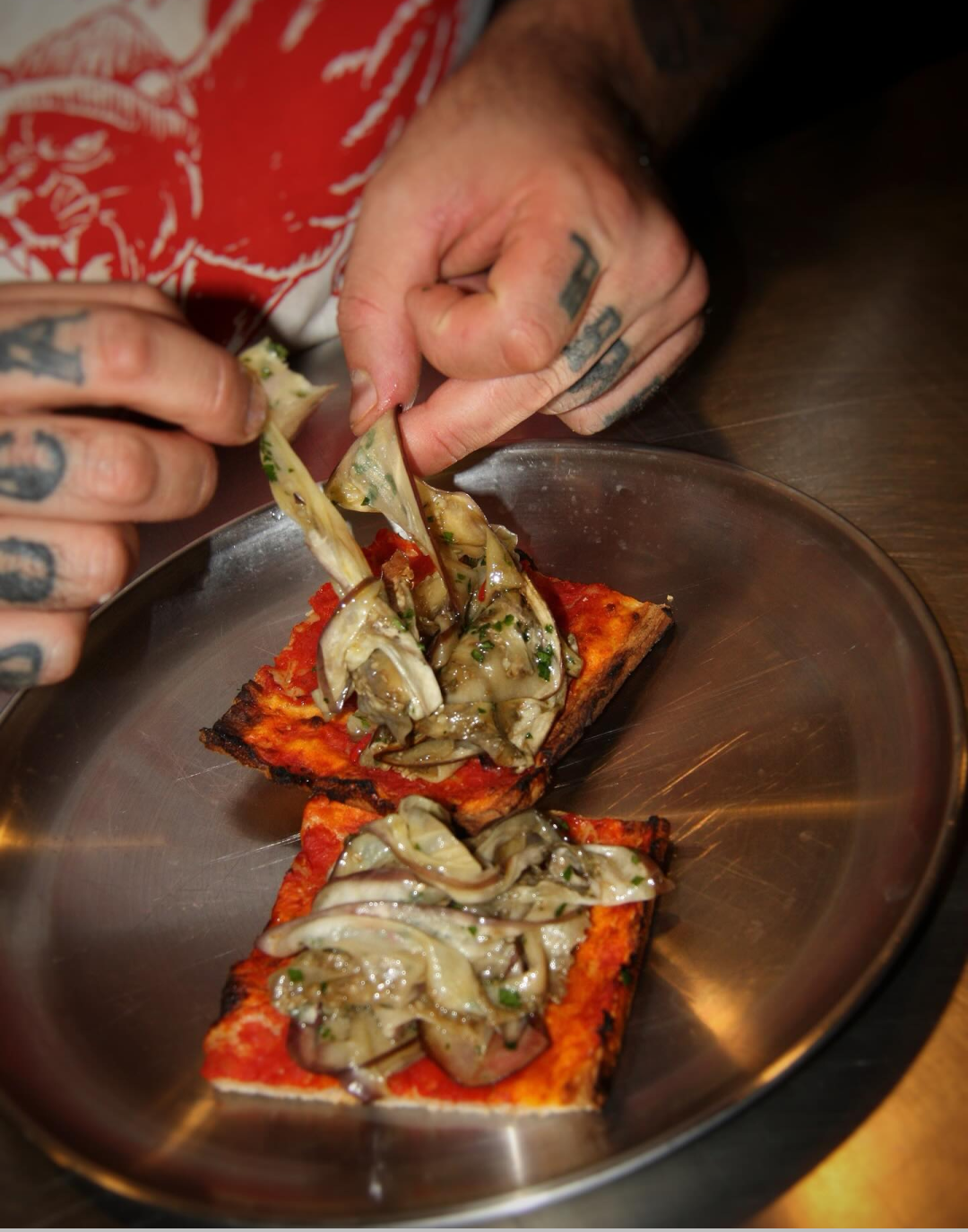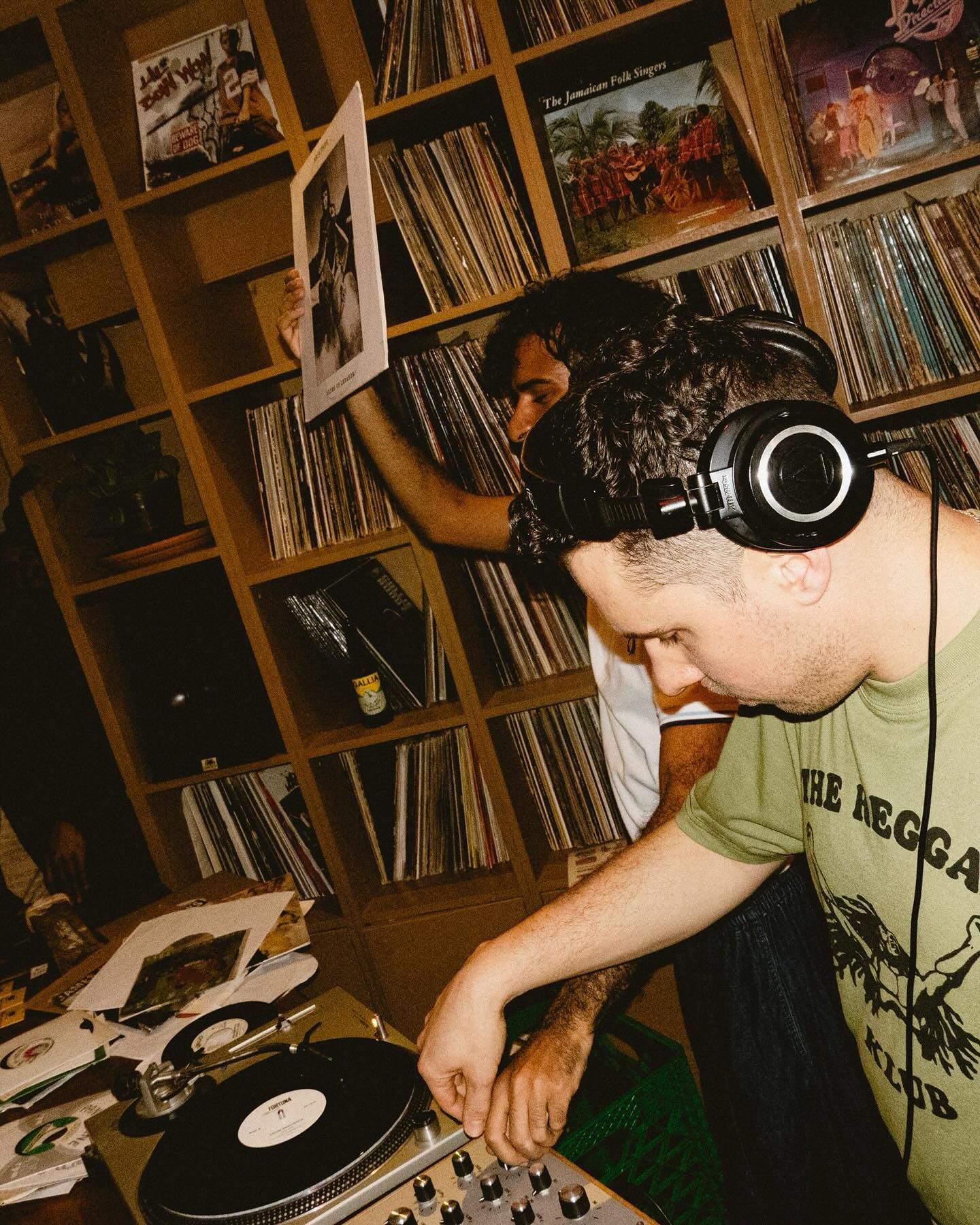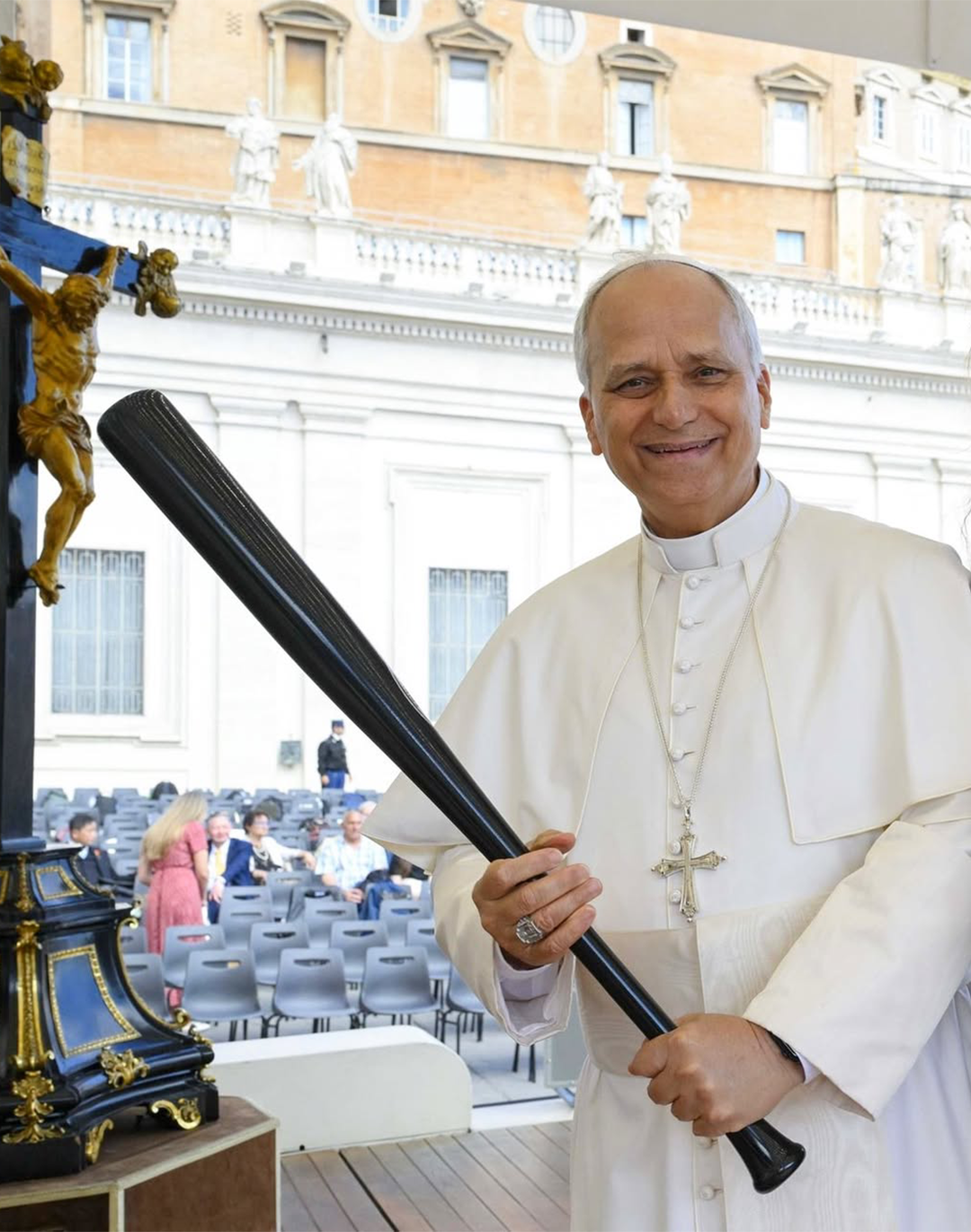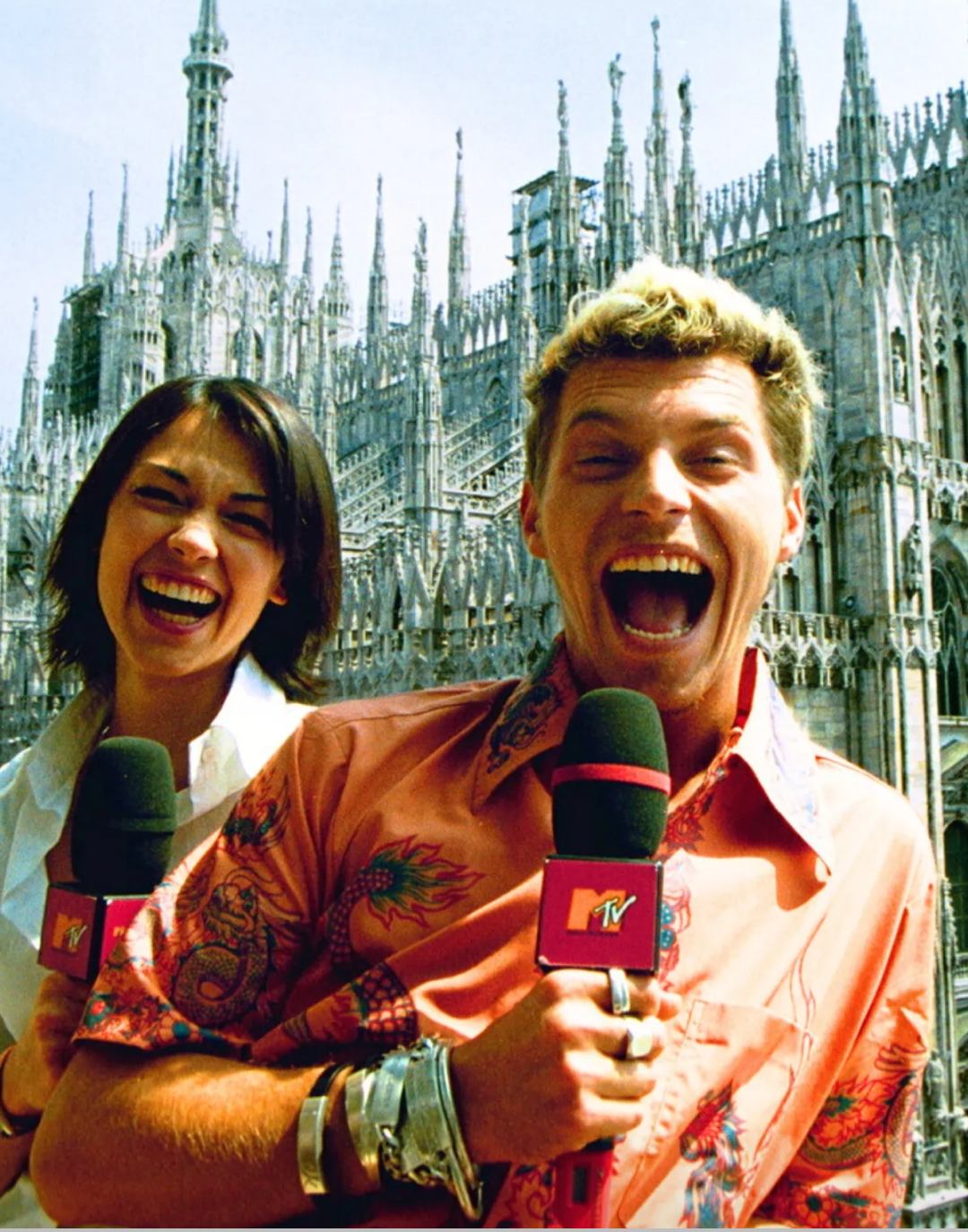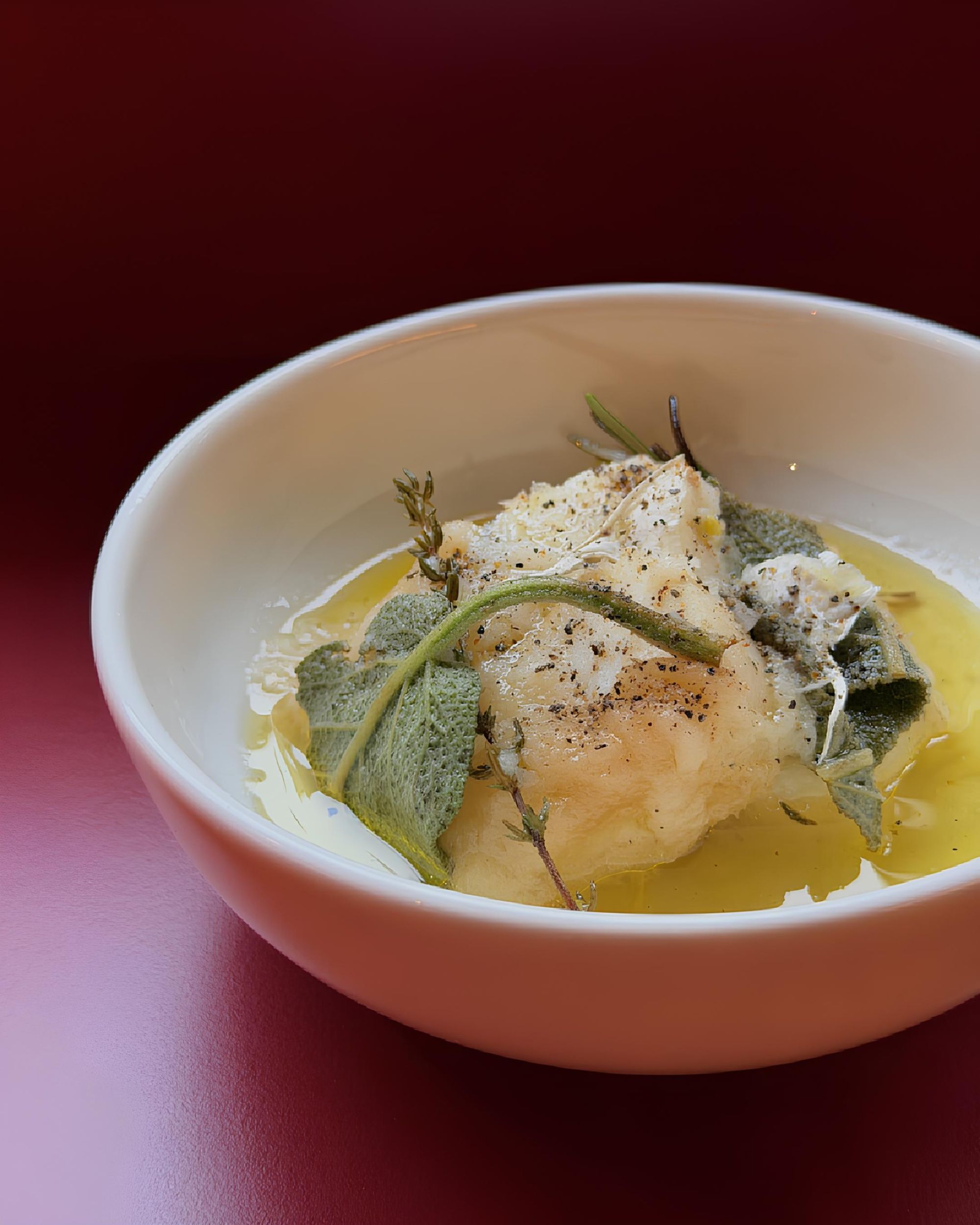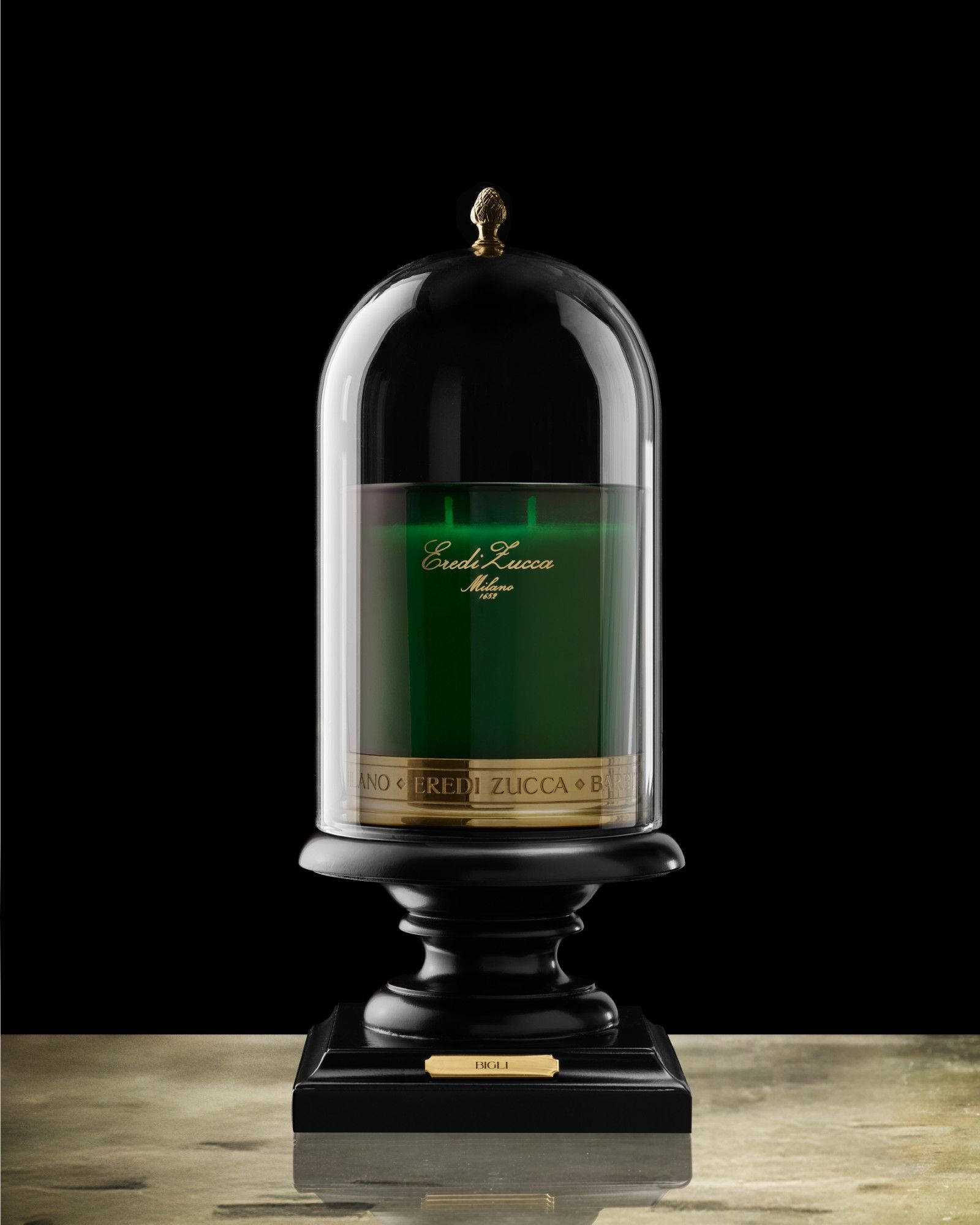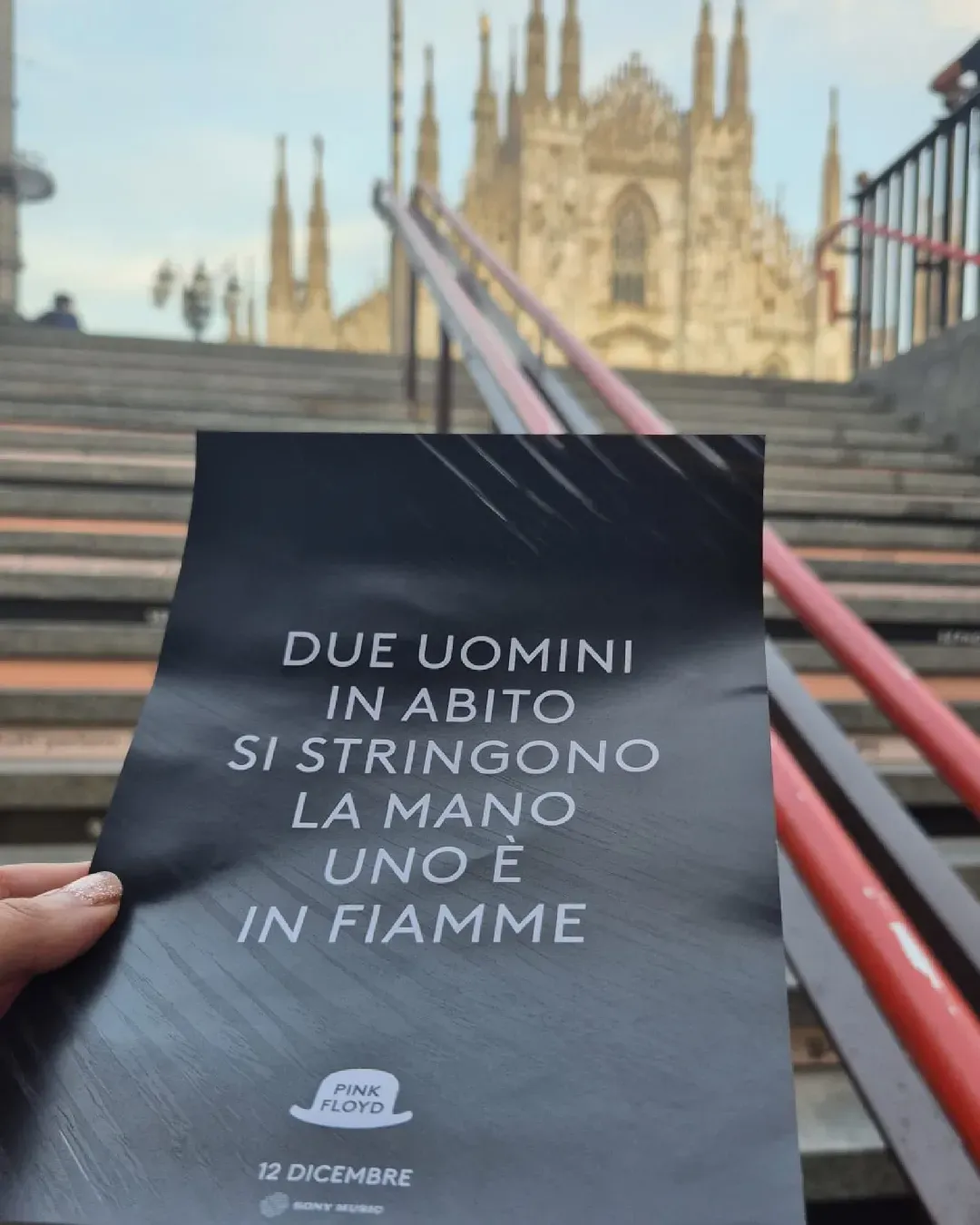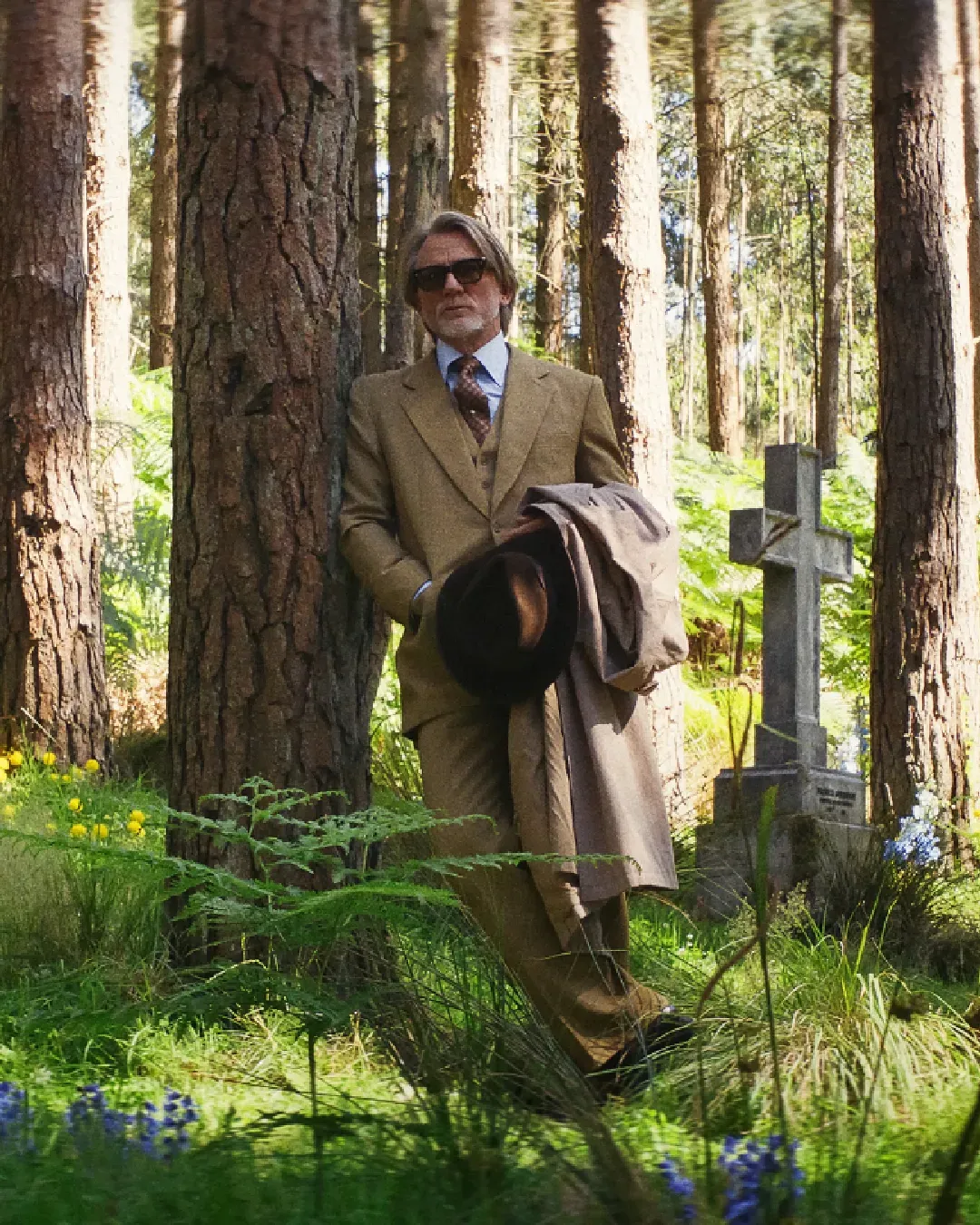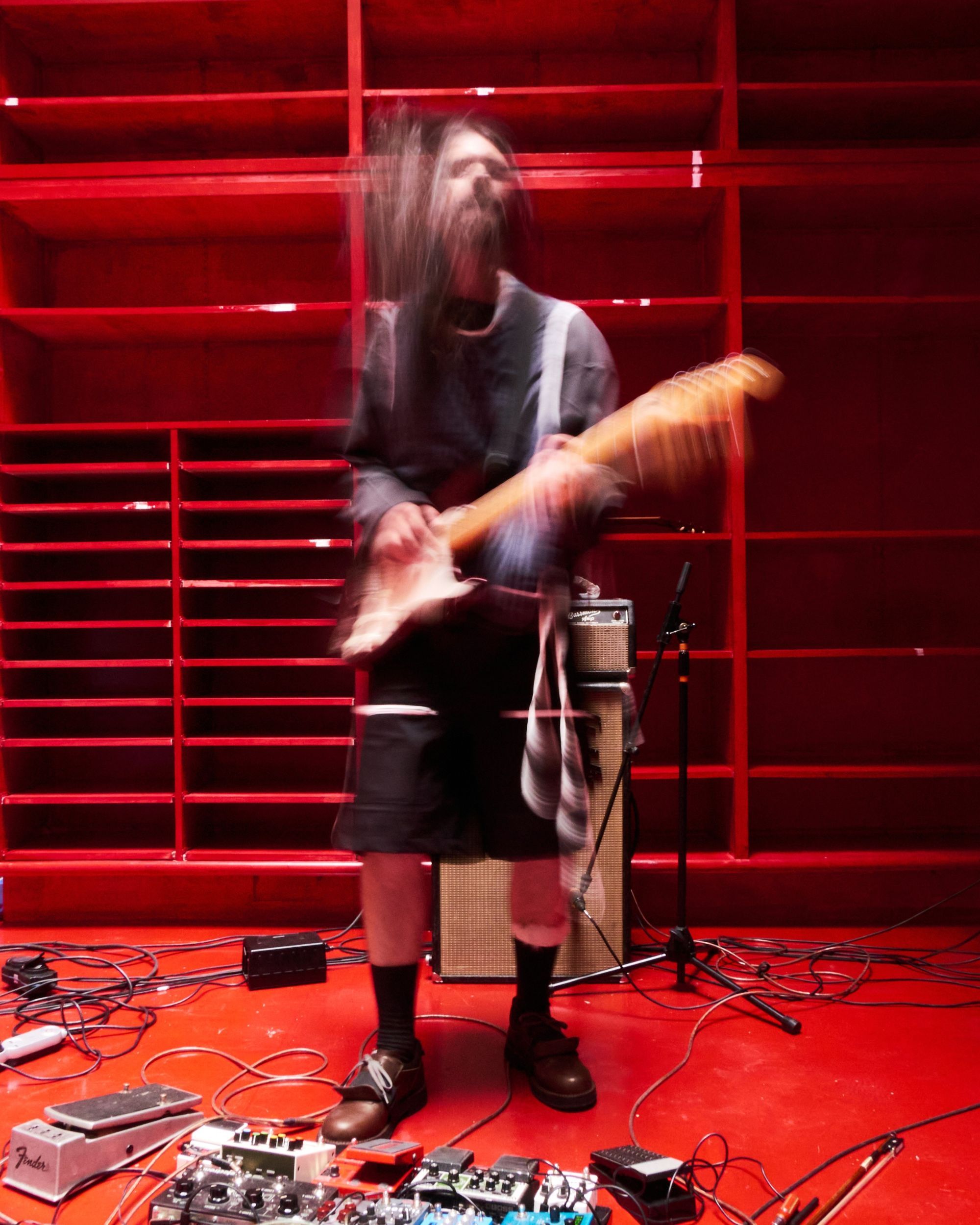
«Anything can be Etro» - Interview with Marco De Vincenzo
Now in his fourth collection for the brand, the creative director looks back on his work

Entering an atelier the day before a show is always better than seeing the show itself. How often do you happen to see Gabriella Karefa-Johnson working on looks and accessories? Or designers stopping a model mid-walk to fix a shoe, the hem of a long transparent dress embroidered with flowers? How often do you happen, above all, to see a collection that has never been shown to the public, all hanging together on a long relay? This is the scenario that appeared in front of this writer when he entered the Etro atelier to talk to MarcoDeVincenzo, fashion veteran, creative director of Etro, and head designer of Fendi's leather goods, founder of his own brand - it seems that all roles at the top of the fashion food chain are easy for him, as he speaks about it with truly surprising simplicity. «I believe that every job is a team effort. Today there is no single creator - there is chirality,» he says with a smile - and in fact observing him at work one immediately notices the open attitude of someone who is used to coordinating a team, directing a brigade, or «this orchestra», as he calls it. «I’ve never had an office, I've always worked in ordinary places,» he explains, perhaps unconsciously evoking the idea of an absence of walls, boundaries, or watertight compartments, which is the same image he uses to later describe his work at Etro: «Men, women, home, accessories... It's like working with open doors. It often happens that the fabric of an armchair becomes a jacket, that of a jacket becomes a sofa. They are communicating vessels». This is also why his first three collections for the brand are so in tune with each other: «The men's and women's collections in January were born together, one was finished earlier on, but they were made at the same time».

